Synology DS720+ NAS Hardware Tear Down
For those of you that are interested in the newest generation of Synology NAS, you are probably wondering about what exactly goes on under the bonnet. We talk about the CPU and Memory plenty, but what about on the inside? Where does the Synology DSM software get extracted from? Where is the other memory bay? How is the CPU kept cool? There are interesting (if slightly nerdy) questions. Luckily I have a spare DS720+ NAS here and I am an interesting (if slightly nerdy) guy who wants to find out. So, let’s take the Synology DS720+ NAS apart and find out what is inside that small black chassis. Alternatively, if you are looking for the DS720+ NAS Review, please find my DS720+ Hardware Review HERE. Now, I’ll go get my screwdriver.
Disclaimer – Please, Please, PLEASE do not try this yourself. I am doing this so you do not have to! I mainly started this to find out how Synology had locked the device to 6GB maximum memory. Do not do this unless you have the technical knowledge to know what you are doing OR are ok with invalidating your warranty. Also, BACKUP YOUR DATA!
Taking the Synology DS720+ NAS apart
First things first, I made sure to safely power down the DS720+ NAS, then remove the PSU and LAN connection. Then I removed the HDD media from inside.
Once I removed the HDD media and trays I made sure that the SODIMM memory module was empty.
Then I rotated the device in order to gain access to the rear 3x screw that hold the device casing together. First is the top left corner.
Then remove the lower screw on the same side.
After removing these screws, the larger half of the external chassis will slide away.
Then I removed the screw located next to the USB 3.0 Port, as this secures the connector internally to the chassis
Once the larger part of the framework is gone, you will see the main SATA HDD frame.
Next, you need to unscrew each of the fans from the internal framework. Each is secured with a single screw.
Next, you will need to insecure the main internal framework that holds the SATA media cage and its connection to the main base metal panel. These are formed of 8 screws (4 on each side)
There are two groups of different screw types on each side
From there you can remove the white power connectors for the fan and silver cable tape, which should allow you to remove the internal frame cage and main PCBs from the 2nd half of the DS720+ chassis. This should allow you to loosen the main cage from the base of the casing.
Removing those 8 screws and removing the white fan plugs will loosen the physical connection with the rear of the chassis and allow you to access the two screws that are just behind the fan modules, that keep the USB internal connector attached.
Once these screws are removed, along with the single rear screw we removed right at the start, we can remove the USB 3.0 Cable connector that is the final thing holding the internal frame, controller board and remaining chassis casing together.
You need to be careful though, as you will be removing the main internal frame and NVMe connector from their respective PCIe connectors.
This will allow you to remove the main cage and you are left with the main controller board with its metal panel on the top.
The metal panel is held against the internal controller board by 4 screws at each corner and is easily removed, exposing the mainboard.
Once you remove these four screws, you have the main controller board exposed, along with all its key components. Again, BE CAREFUL!
The large black heatsink in the centre is where the Intel J4125 CPU is kept, and this heatsink is several times its size. To the right of the CPU is the small piece of flash ROM memory that keeps the DSM software that is shipped with the device at launch.
Flipping the board over (carefully) shows us the side that many users are the most interested in. The board has the SODIMM DDR4 Memory slow for adding a 4GB Synology DDR4 2666MHz RAM module.
However the memory module is indeed the ONLY available upgrade slot inside and those that hoped to find a 2nd slot inside (which included me too, will recently) are met with a collection of soldered memory chips in the main board inside. These make up the 2GB of DDR4 memory that the device ships with.
These 4 cells are memory models and K4A4G165WE-BCTD in model ID. That is Samsung memory, more information here – https://www.samsung.com/semiconductor/dram/ddr4/K4A4G165WE-BCTD. As well as a bank of information on the Samsung datasheets HERE. And there you have it. That is the inside of the Synology DS720+ NAS Drive. Once again, I do not recommend you do this yourself, but I do hope that you found it useful. If so, why not let me know in the comments. Otherwise, thank you for reading.
📧 SUBSCRIBE TO OUR NEWSLETTER 🔔
🔒 Join Inner Circle
Get an alert every time something gets added to this specific article!
This description contains links to Amazon. These links will take you to some of the products mentioned in today's content. As an Amazon Associate, I earn from qualifying purchases. Visit the NASCompares Deal Finder to find the best place to buy this device in your region, based on Service, Support and Reputation - Just Search for your NAS Drive in the Box Below
Need Advice on Data Storage from an Expert?
Finally, for free advice about your setup, just leave a message in the comments below here at NASCompares.com and we will get back to you. Need Help?
Where possible (and where appropriate) please provide as much information about your requirements, as then I can arrange the best answer and solution to your needs. Do not worry about your e-mail address being required, it will NOT be used in a mailing list and will NOT be used in any way other than to respond to your enquiry.
Need Help?
Where possible (and where appropriate) please provide as much information about your requirements, as then I can arrange the best answer and solution to your needs. Do not worry about your e-mail address being required, it will NOT be used in a mailing list and will NOT be used in any way other than to respond to your enquiry.

|
 |
Do MORE with Your M.2 Slots - GREAT M.2 Adapters!
5 Top Tips for Content Creators Buying a NAS
Terramaster F4 SSD NAS - Should You Buy? (Short Review)
Minisforum N5 Pro NAS Review - Did Minisforum just WIN at NAS?
What Can You ACTUALLY DO with HDMI on Your NAS?
Best NAS for under $499
Access content via Patreon or KO-FI


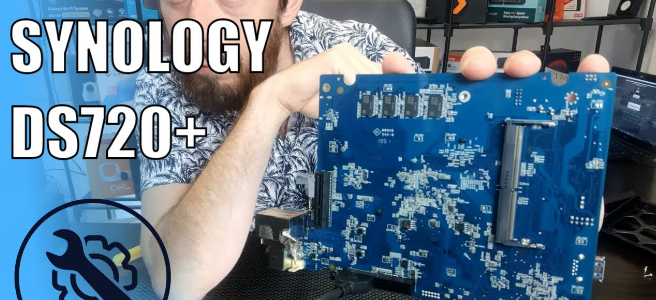
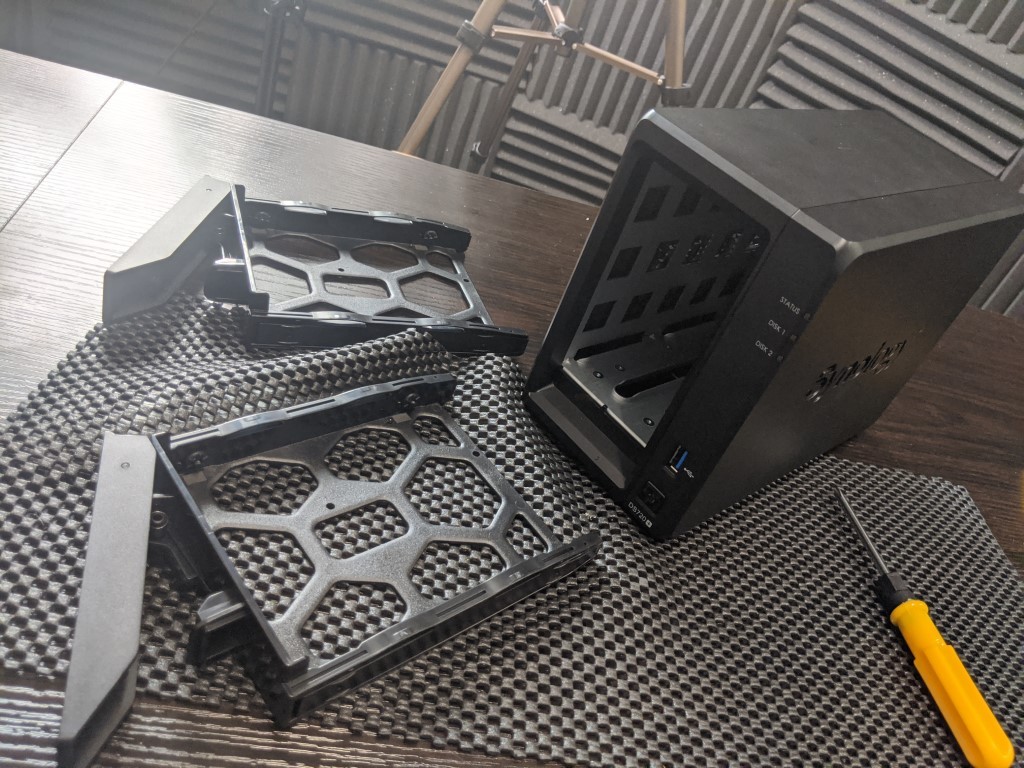
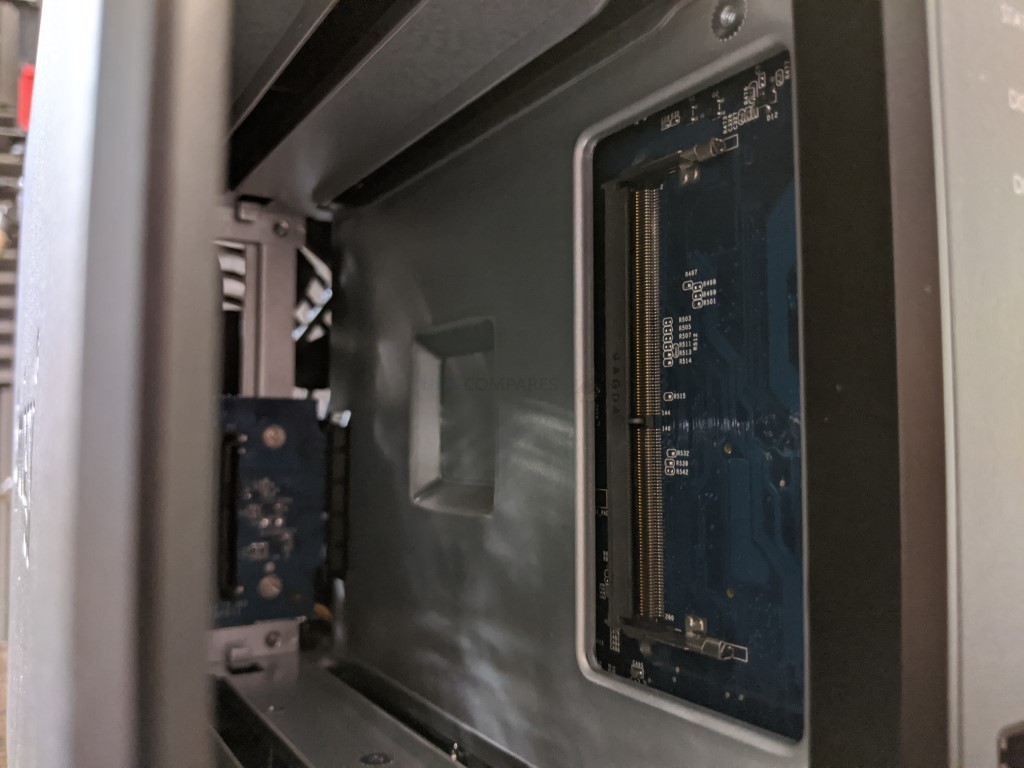
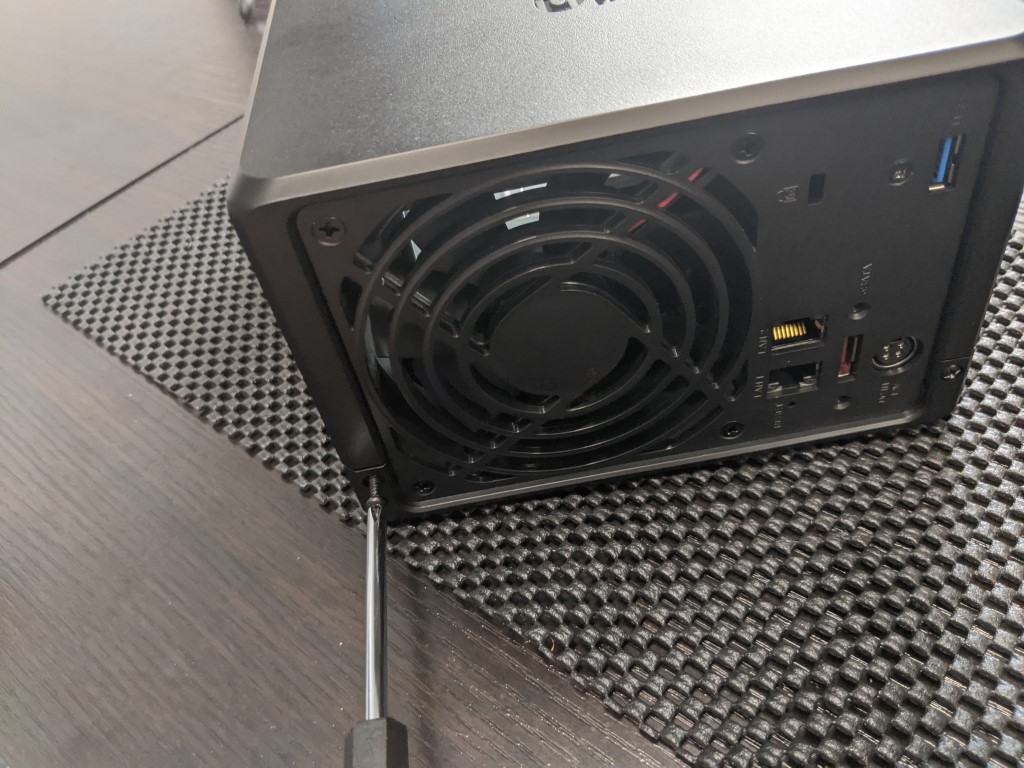
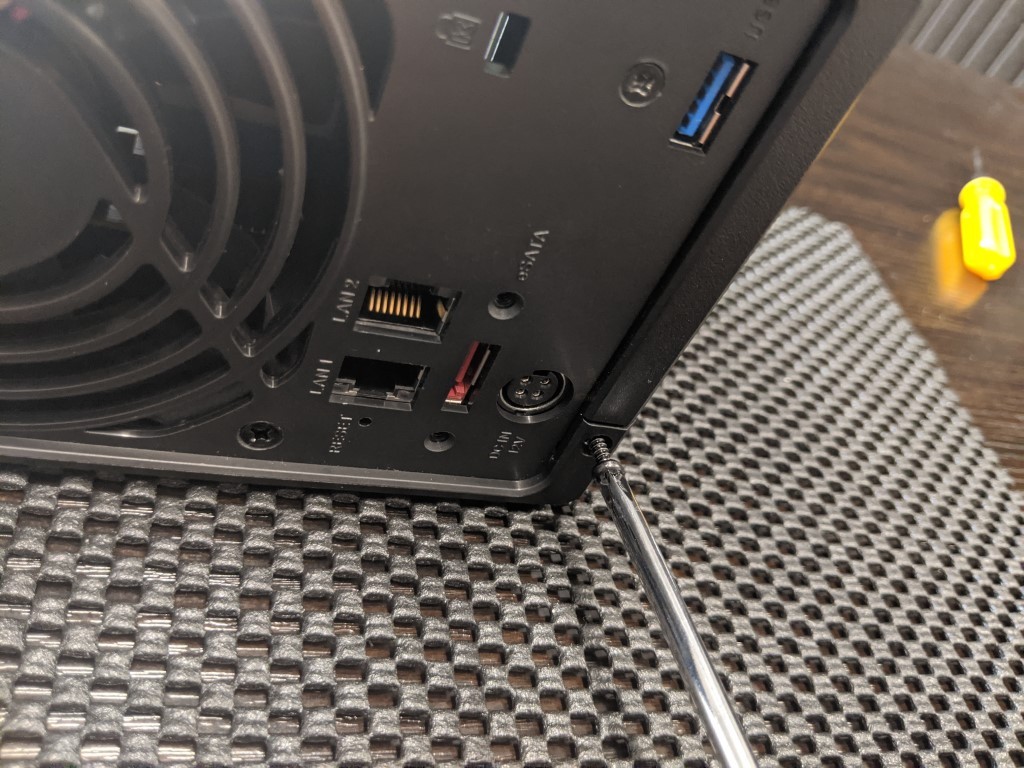


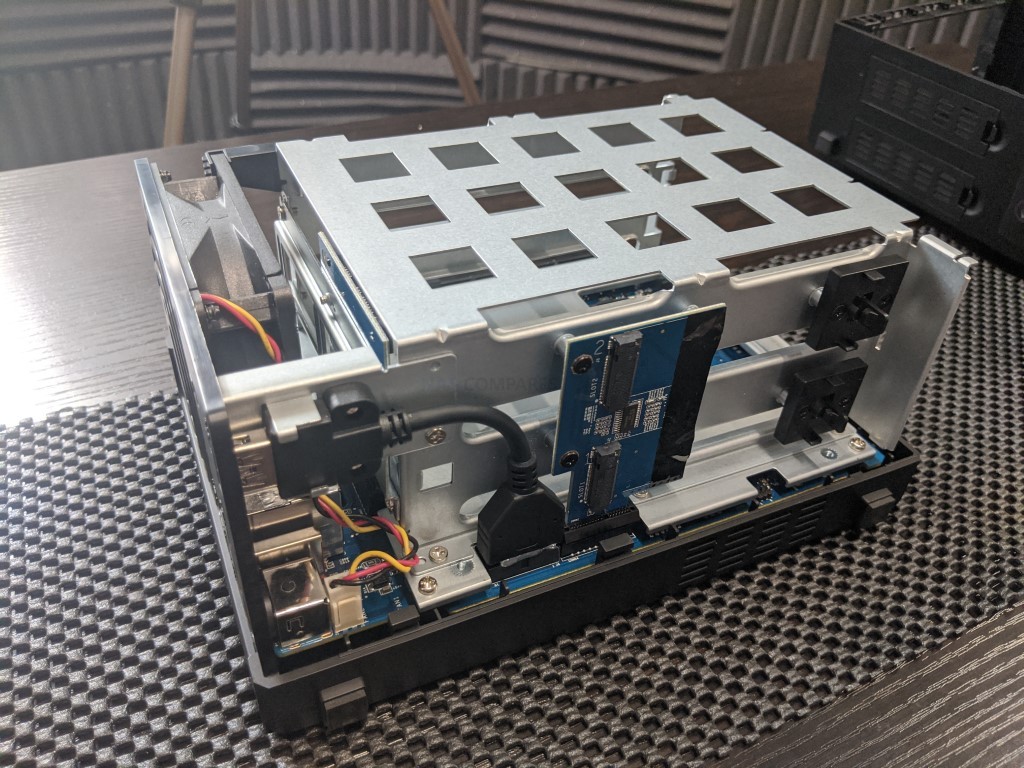
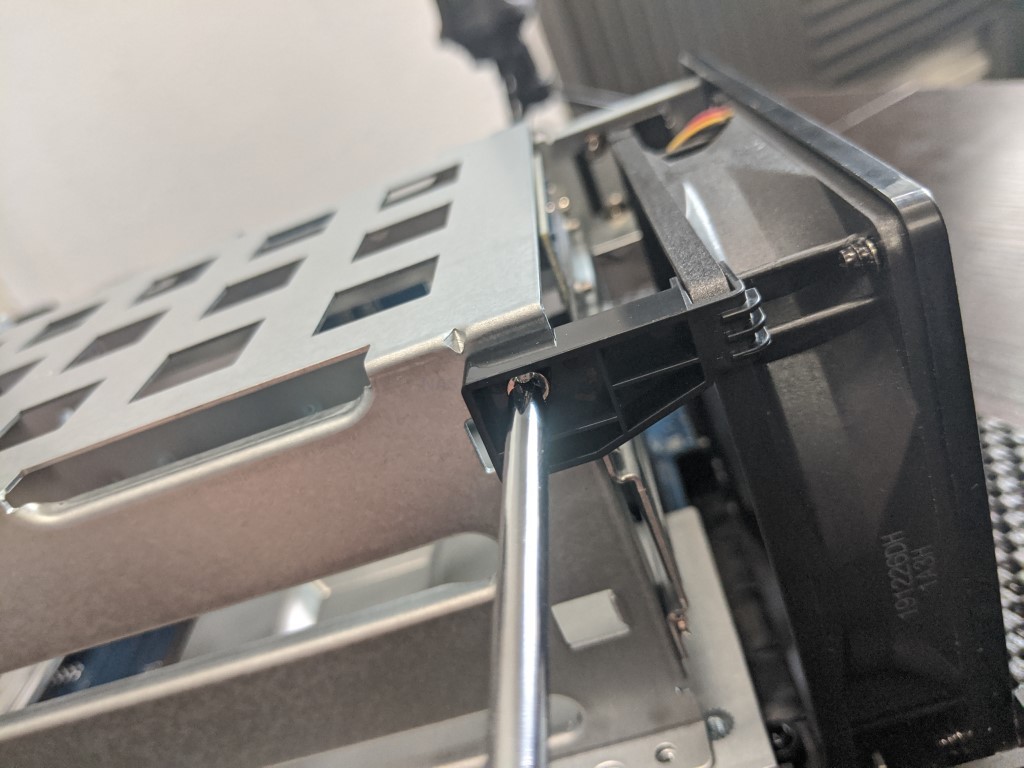
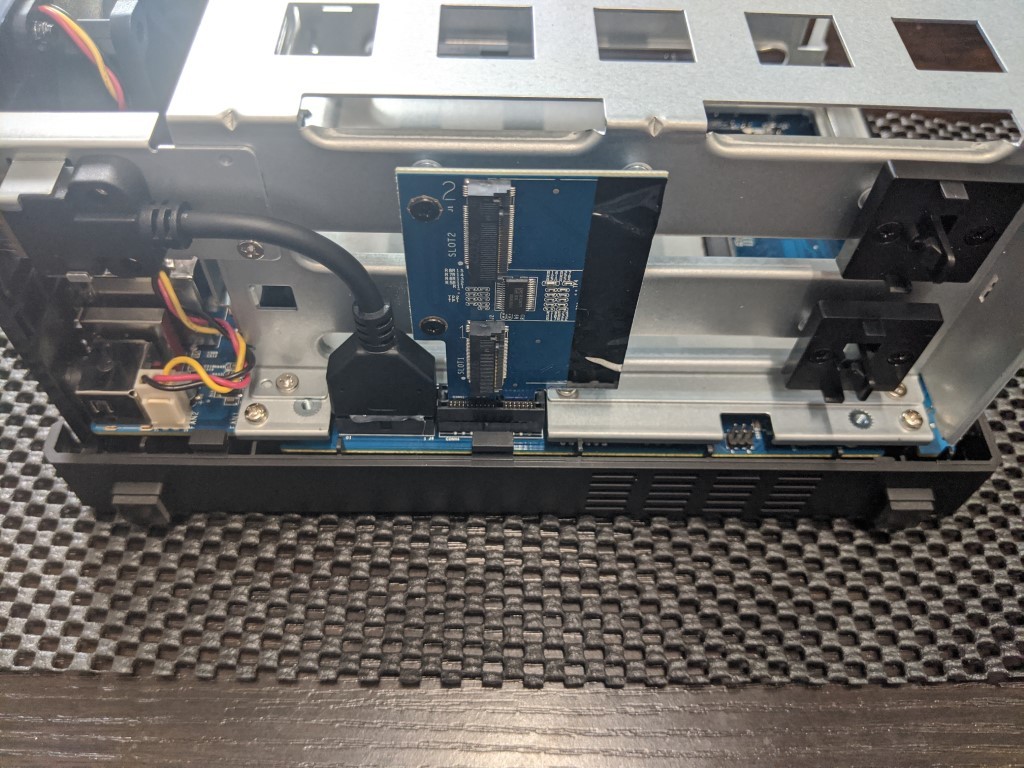
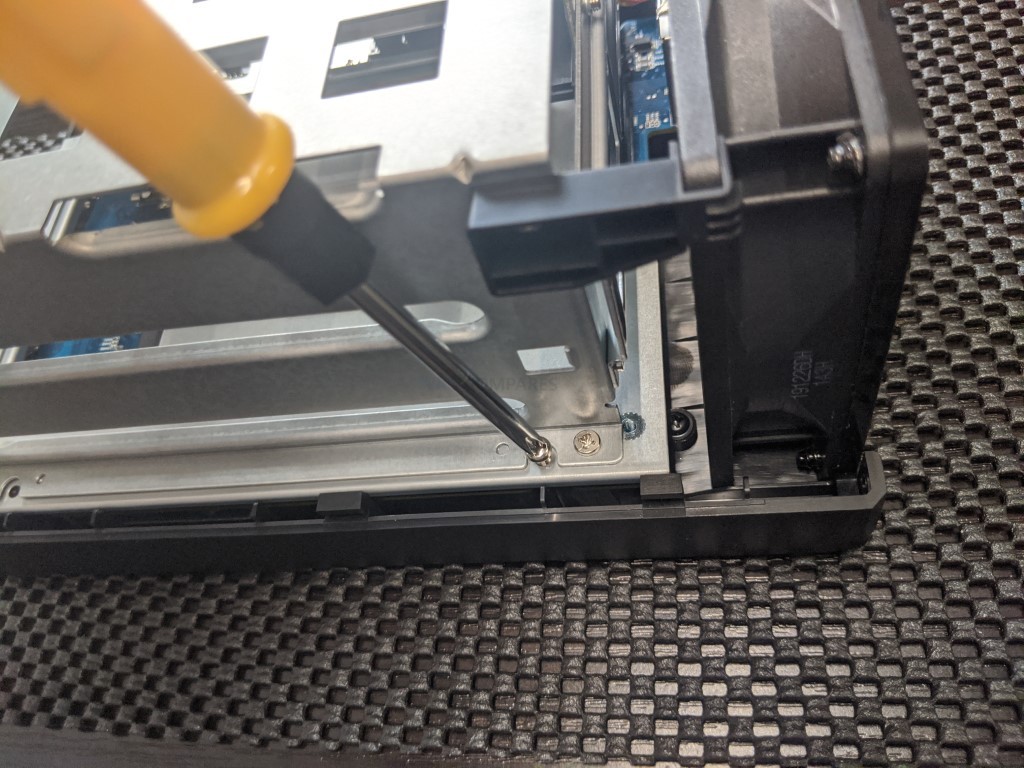
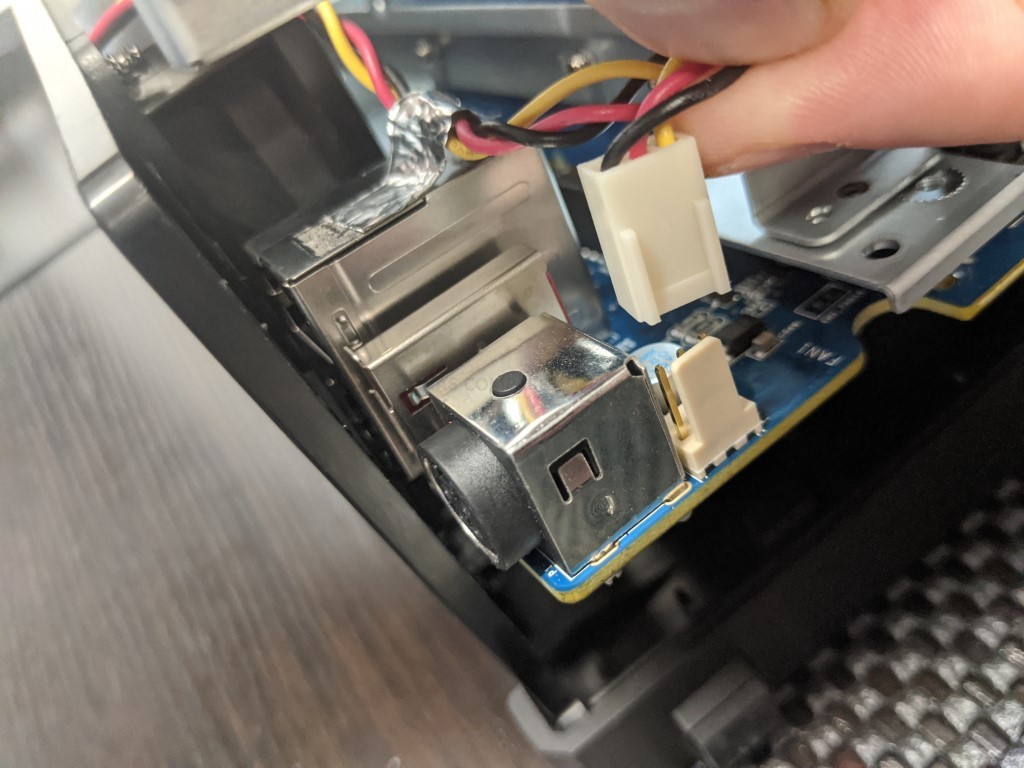

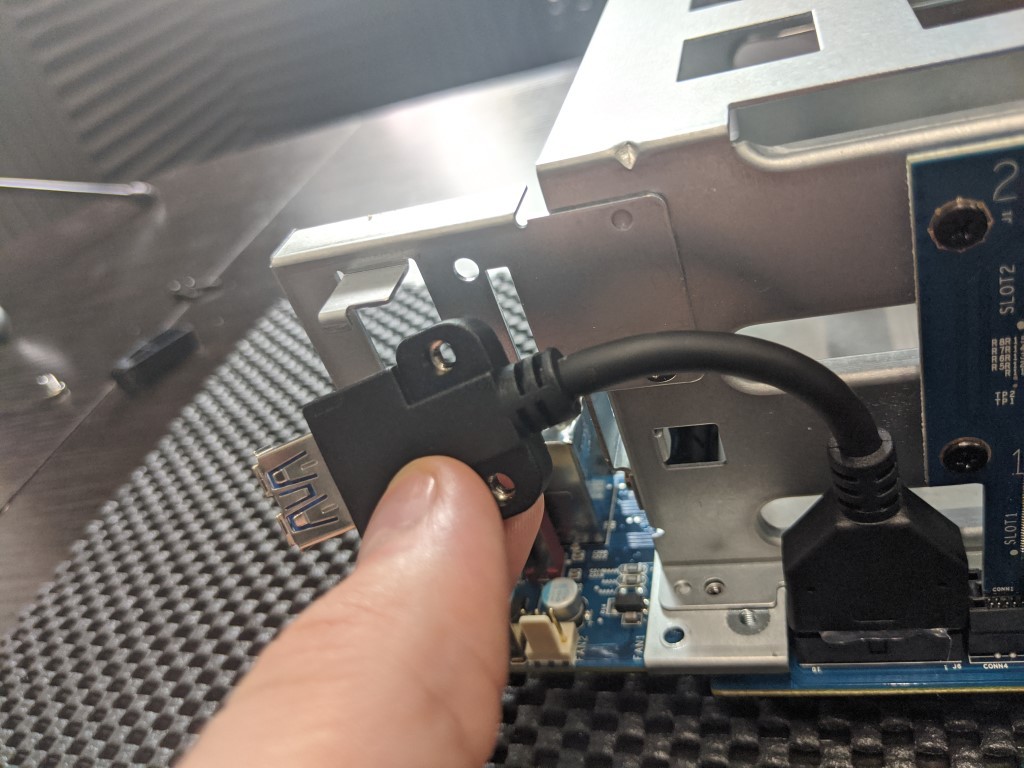

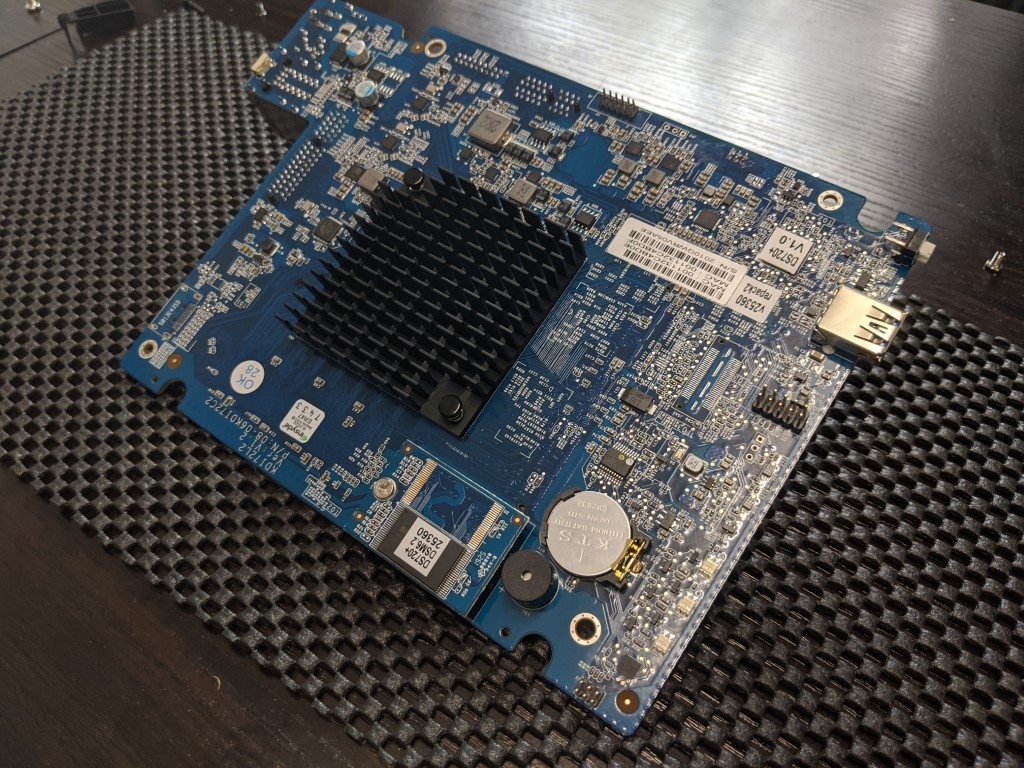
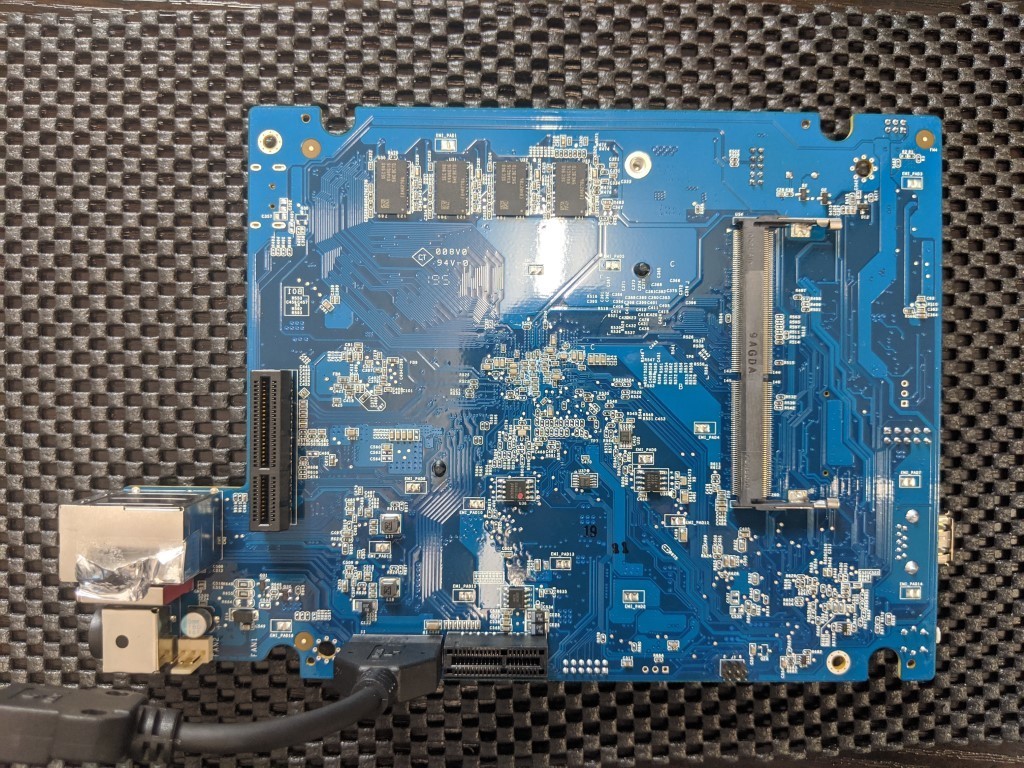

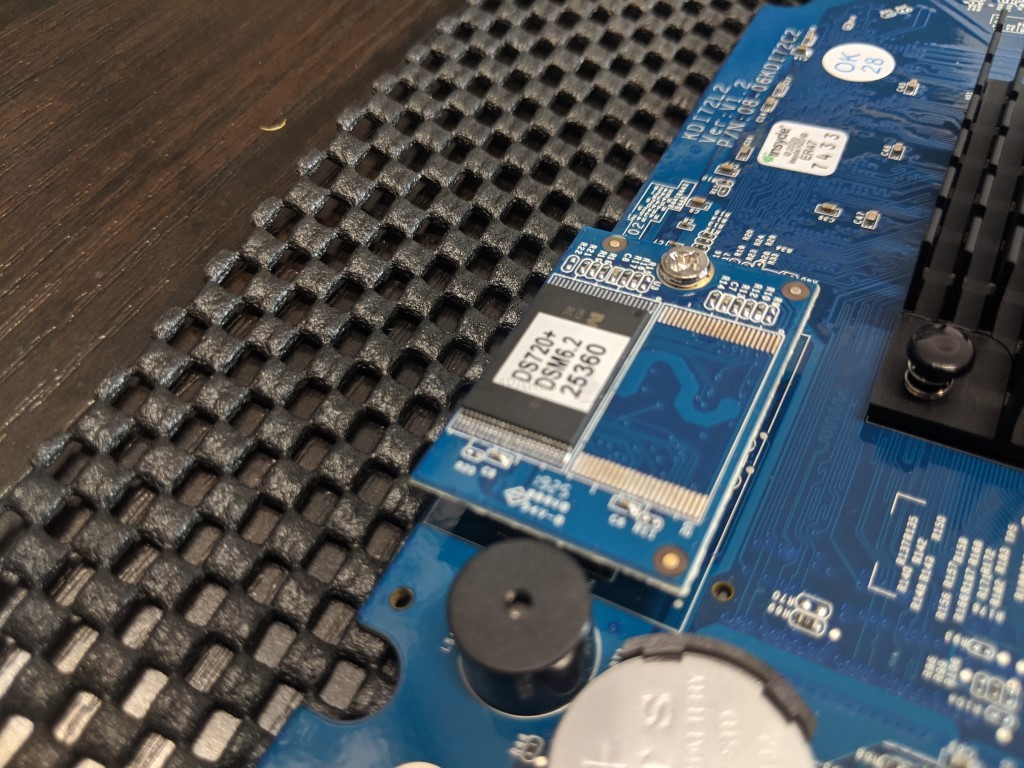
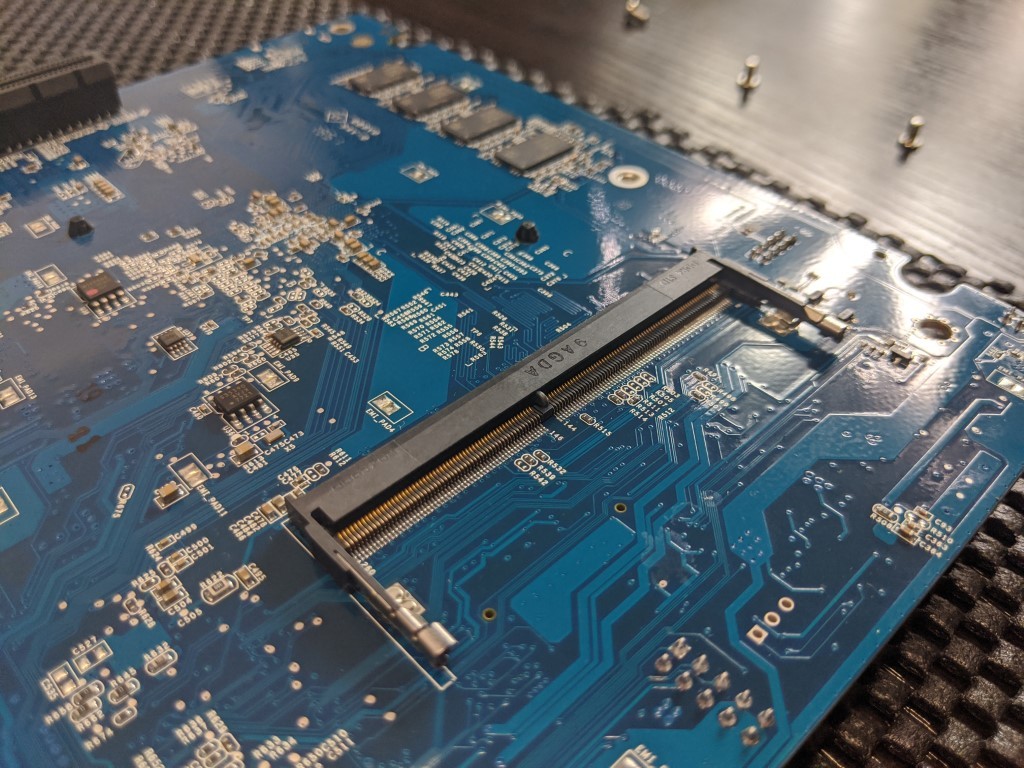
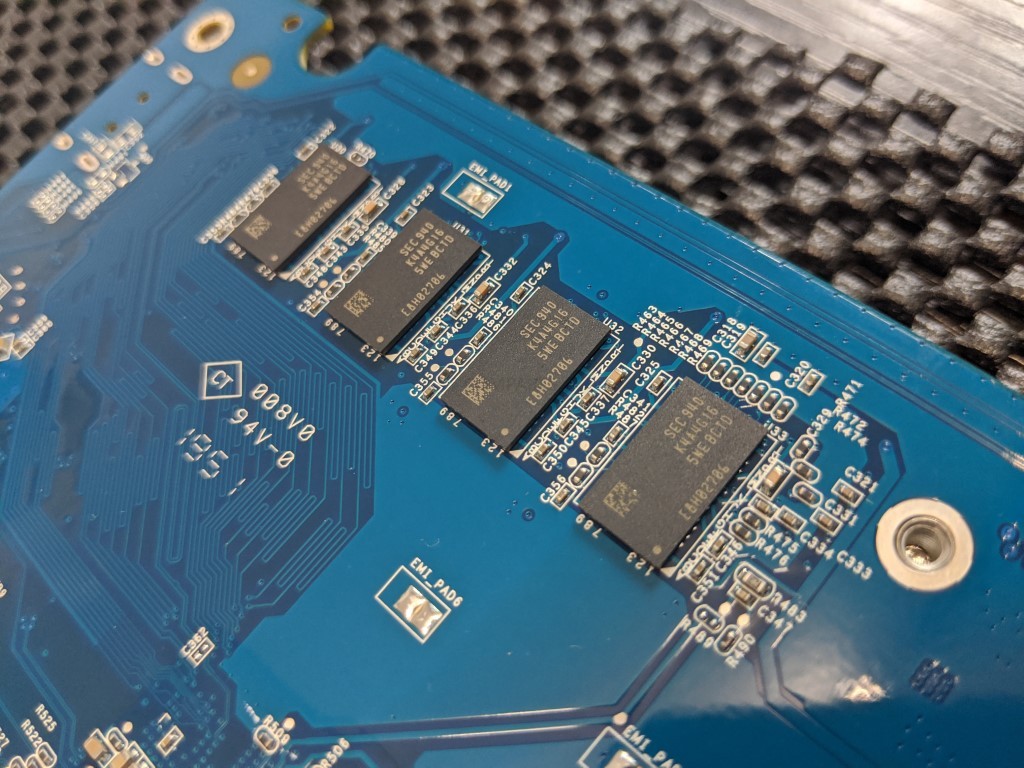




To new viewers considering this one, i got it with 18GB Ram installed and the 2 nvme units used for storage, NOT caching, so it is possible!!!
REPLY ON YOUTUBE
Invaluable video for disassembling and replacing the fan in my DS720+. Appreciate the thorough nature of the breakdown, helped me immensely.
REPLY ON YOUTUBE
Great stuff!I am seriously considering this one for a dedicated Surveillance system. I have a 9 bay QNAP for work that I love, but, want to keep that dedicated for my work. You do the BST reviews!!!
REPLY ON YOUTUBE
Hi, just got this unit for free, just will like to know, if the new m2 nvme drive are compatible and up to what size, thanks in advance.
REPLY ON YOUTUBE
Thanks a lot, I didn’t managed to find separate guide to dissassemble my ds1522+ for cleanup but 3:28 helped me
REPLY ON YOUTUBE
Which cat cable was provided in the box?
REPLY ON YOUTUBE
The eternal question, this or the 723+, same price where I am. 2 strong cores or 4 weaker cores. I just want to max out a 2.5Gbe Link and run Directory Server/DNS. I am waiting to see if DSM 7.2 will allow me to do storage on the nvme slots. A 4TB NVME would be sweet for current projects backed up to pair of 14TB Red RAID 1 with 1TB NVME cache for finished projects .That’s some serious firepower, but if it can’t do storage on NVME then I don’t want.
REPLY ON YOUTUBE
thanks for this video. I’ve had a DS720+ for a couple years which sits under my desk and regularly would start making fan vibration noise until i gently squeezed the case, it would be quiet for a couple days, then start with the fan noise again. Been driving me made since I got it. Followed your video to strip it down, and noticed that the bracket that the fan is mounted to (the backplane) had four small plastic ribs on it, which were touching the side of the fan housing. Used a chisel to cut those ribs down so the fan is now only touching the bracket at the mounting face. Also the little 20mm long plastic bracket that attaches the fan to the metal chassis was a little loose where it clipped to the fan, so used some electrical tape to fill the gap on that. Reassembled, and had a nice quiet diskstation for days now. Kudos to Synology for making such a repairable unit, and you for the video.
REPLY ON YOUTUBE
I’m not sure, does YouTube pays more for longer videos? Some of these videos are getting unnecessarily long. It’s not just you, but I’ve been noticing hosts are putting a lot of ‘fluff’ and filler to make their vids longer. There are 63k+ views on this, just imagine how much time you could have help save.
REPLY ON YOUTUBE
if add 8 gb ram and get total 10 gb wll it void warranty
REPLY ON YOUTUBE
Oct ’22 still 1GbE in a 2 bay NAS.
REPLY ON YOUTUBE
Great and detailed review! thank you.
I’m not in a hurry to buy one, should I wait for a newer version or just get this one?
REPLY ON YOUTUBE
What’s the silver tape for? I unfortunately break it easily when i tried to disconnect the fan.
REPLY ON YOUTUBE
What is the conversion for a nicker? If I spelled that correctly.
REPLY ON YOUTUBE
This review is too preachy. Just provide the facts and conclusion, and let the user decide what’s best for them. Suggestions just bog the review.
REPLY ON YOUTUBE
I am in the process of replacing my Synology DS212 (I think it has a bad port as any hard drive I install in drive bay 2 fails within a year), would the Synology DS720+ still be considered the best Synology two drive option available today?
REPLY ON YOUTUBE
Thanks for the video! How good is Synology’s Active Directory program? I’m interested in using this as my AD server instead of using a Windows Server. Would that work well for a small business with 20 endpoints?
REPLY ON YOUTUBE
Curious to hear about practical performance of 5-10 5MP/4K cameras on this NAS.
REPLY ON YOUTUBE
Is this still a good purchase in very late 2021 or is there an upgrade about to be released?
REPLY ON YOUTUBE
………..THANK YOU! ….so would you recommend the DS920+ over the DS720+? ….and which 8, 10, or 12TB HDDs would you recommend? (WD Red, WD Red Plus or IronWolf etc) …where can i find the best price this week? …and many people say cacheSSDs are not a good idea, because the nas will soon tell me that they are no longer usable because TBW (Write Count) has reached its maximum. So even if they work, they cant no longer be used.
REPLY ON YOUTUBE
is it possible to use de gen SSD ironwolf 525? Gen 4
REPLY ON YOUTUBE
Too many compromises…pass.
REPLY ON YOUTUBE
Sir what is max size drive can be used?
REPLY ON YOUTUBE
“……DDR4 Memory slow for adding a 4GB Syn…”
should be slot not slow ?
Great video, thanks for sharing! So we have 4 chips of 4Gb each, then why assign only 2Gb RAM ?